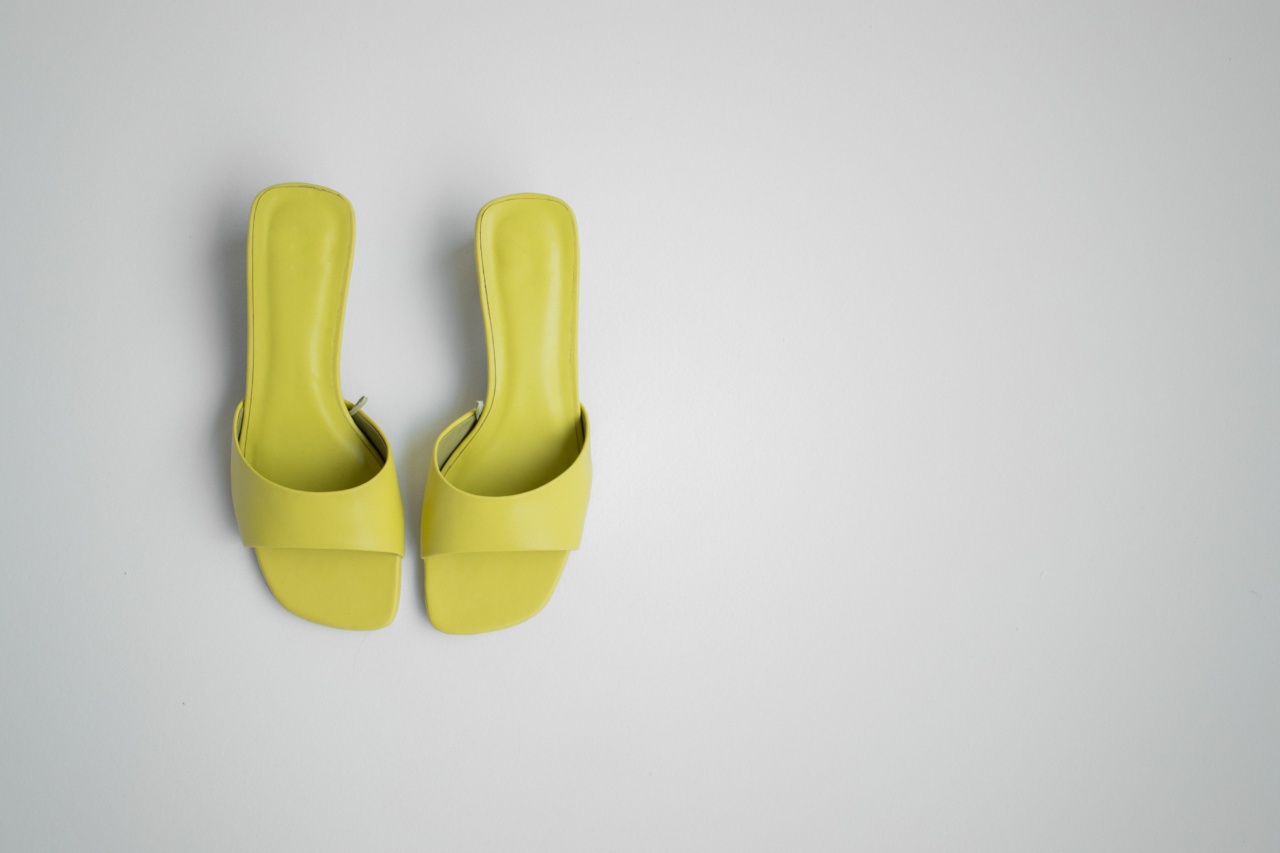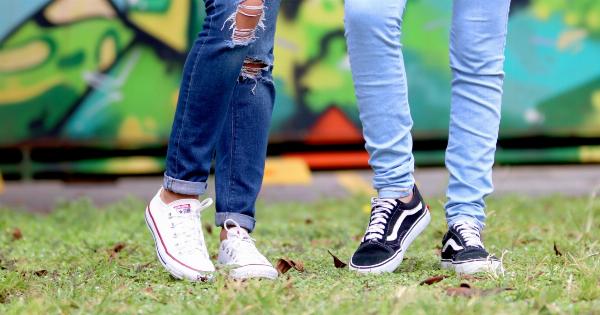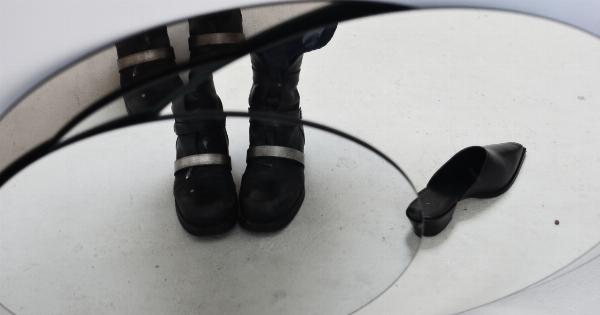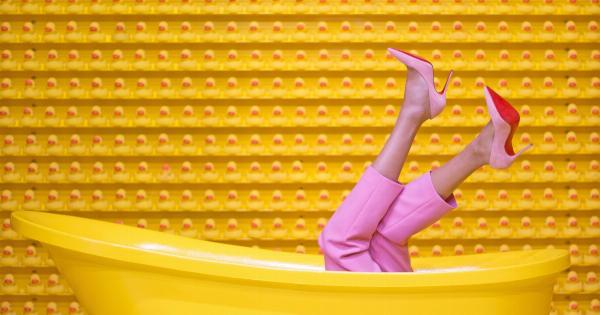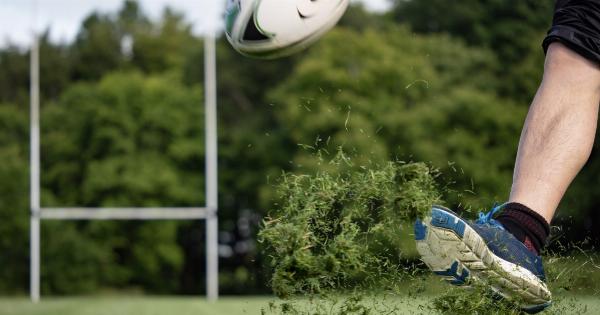Choosing the right pair of shoes is essential for both style and comfort. Unfortunately, some shoe styles can cause long-term damage to your feet. You may not realize it, but your favorite shoes could be harming your feet in more ways than you think.
In this article, we will explore ten shoe styles that can have detrimental effects on your foot health.
1. High Heels
High heels are undoubtedly stylish and glamorous, but they can wreak havoc on your feet.
The elevation of the heel in high heels causes excessive pressure on the ball of the foot, leading to conditions such as metatarsalgia, bunions, and plantar fasciitis. Additionally, wearing high heels for extended periods can shorten the Achilles tendon, making it difficult to wear flat shoes comfortably.
2. Pointy-Toed Shoes
Pointy-toed shoes might be trendy, but they can lead to a range of foot problems. These narrow shoes squeeze the toes together, increasing the risk of developing corns, calluses, and ingrown toenails.
They also restrict toe movement, which can lead to conditions like hammertoes or aggravate existing ones.
3. Flip-Flops
Flip-flops are the go-to footwear for many during the warm summer months, but they offer minimal support and protection for your feet. The lack of arch support in flip-flops can lead to arch pain, plantar fasciitis, and even stress fractures.
Additionally, the lack of straps can cause the toes to grip the sole excessively, leading to tendon strain and pain.
4. Ballet Flats
While ballet flats may seem comfortable, they provide minimal support and cushioning. Wearing ballet flats for extended periods can lead to foot instability, arch pain, and conditions such as tendinitis.
The thin sole also offers little protection against sharp objects or uneven surfaces, increasing the risk of injuries.
5. Platform Shoes
Platform shoes may be all the rage, but wearing them regularly can lead to various foot and ankle problems. The uneven distribution of weight due to the elevated platform can result in ankle sprains and fractures.
The lack of flexibility in platform shoes can also cause foot pain and discomfort, especially in the arch area.
6. Stilettos
Stilettos may offer a stylish boost in height, but their long-term effects on foot health can be quite significant. The thin heel of stilettos increases the risk of ankle sprains and instability.
Extended wear can also lead to muscle imbalances, as the calf muscles have to work harder to maintain balance in these shoes.
7. Wedges
Wedges are often considered a more comfortable alternative to high heels, but they can still have negative effects on your feet.
The elevation of the heel in wedges puts excessive strain on the balls of the feet, leading to metatarsalgia and increased pressure on the toes. The lack of stability in some wedge styles can also result in ankle injuries.
8. Ill-Fitting Shoes
Wearing shoes that do not fit properly is a recipe for foot problems. Tight shoes can cause blisters, calluses, and corns, while loose-fitting shoes increase the risk of tripping or falling.
It is crucial to find shoes that offer proper support, allow wiggle room for the toes, and fit comfortably without slipping or squeezing.
9. Heavy Work Boots
Work boots are essential for safety on construction sites or other labor-intensive jobs. However, heavy work boots can take a toll on your feet over time.
The weight of these boots can cause fatigue and strain on the muscles and ligaments of the foot, leading to discomfort and even stress fractures.
10. Backless Shoes
Backless shoes, including mules and slides, may be convenient and trendy, but they can be hazardous for your feet.
The lack of a secure back strap means your toes have to grip the shoe to keep it in place, leading to muscle imbalances and potential trips or falls. Additionally, the absence of proper support can also exacerbate existing foot conditions.
Conclusion
While it may be tempting to prioritize fashion over foot health, it is essential to remember the potential risks associated with certain shoe styles.
High heels, pointy-toed shoes, flip-flops, ballet flats, platform shoes, stilettos, wedges, ill-fitting shoes, heavy work boots, and backless shoes all have the potential to harm your feet in various ways. Choosing footwear that strikes a balance between style and comfort is crucial for maintaining optimal foot health.
